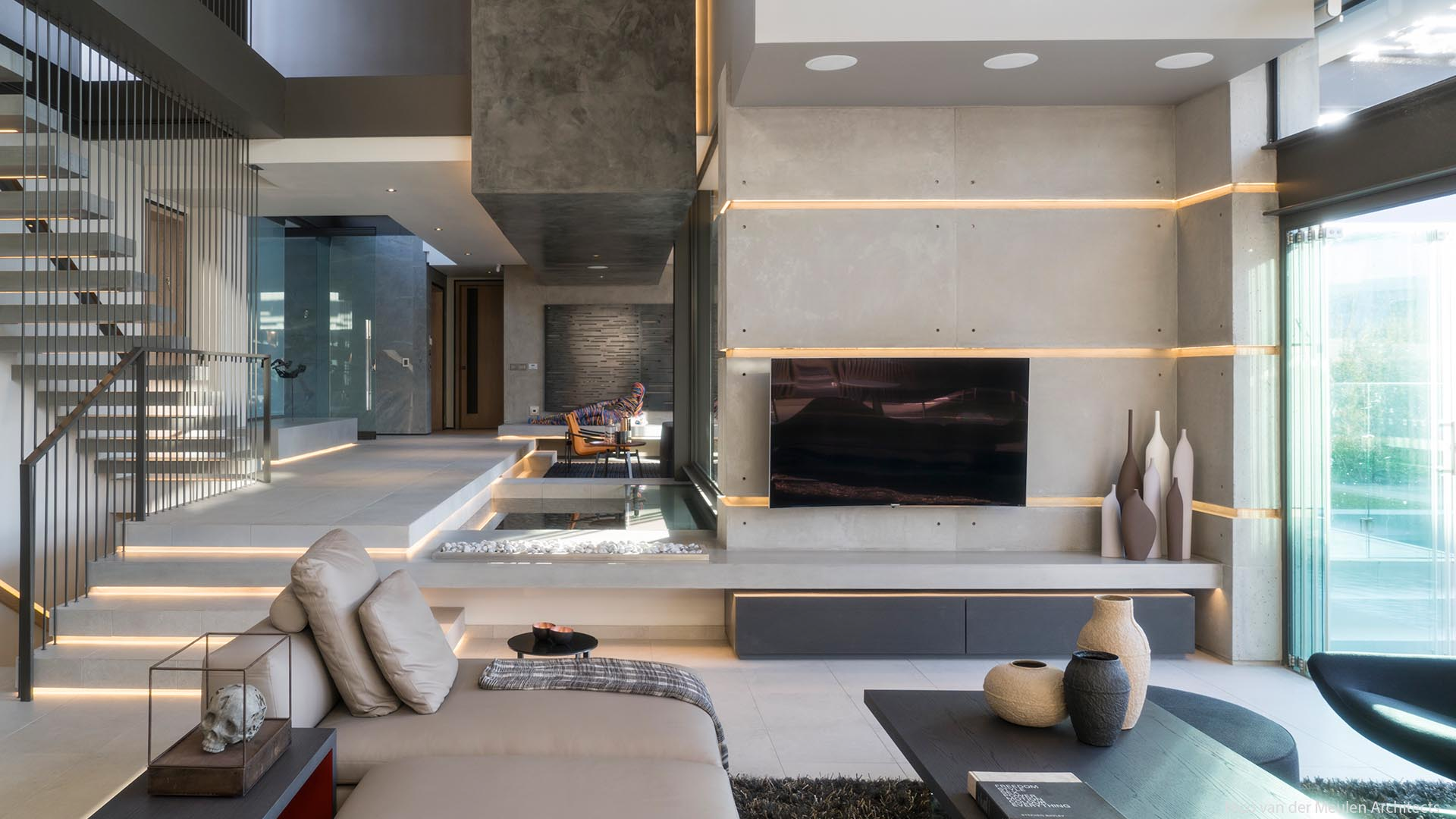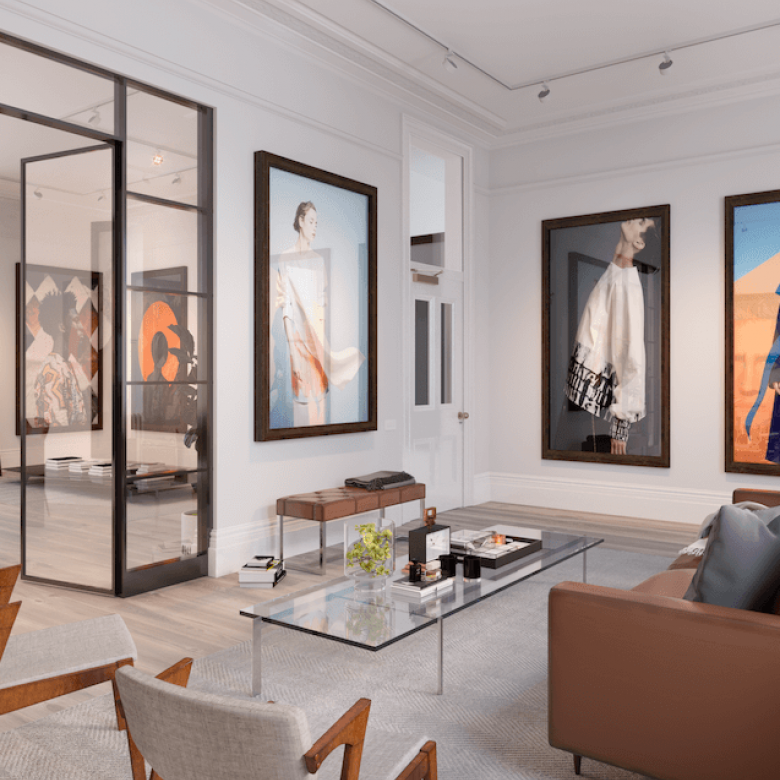Gorgeous Countryside Homes Interior Design for Nature-Inspired Living
Gorgeous Countryside Homes Interior Design for Nature-Inspired Living
Blog Article
The Art of Equilibrium: Exactly How Interior Design and Home Architect Collaborate for Stunning Outcomes
In the world of home layout, striking an equilibrium between appearances and performance is no small task. This delicate equilibrium is attained with the unified collaboration between interior developers and architects, each bringing their special knowledge to the table. The result? Areas that are not just visually magnificent however additionally exceptionally livable. Nonetheless, this perfect blend is not constantly easy to acquire. Keep with us as we check out the details of this collaborative procedure and its transformative influence on home style.
Recognizing the Core Differences In Between Interior Decoration and Home Design
While both Interior Design and home style play vital duties in developing aesthetically pleasing and functional rooms, they are inherently different disciplines. Home design primarily focuses on the structural elements of the home, such as building codes, safety and security policies, and the physical building of the space. It handles the 'bones' of the framework, collaborating with spatial dimensions, bearing walls, and roofing designs. On the various other hand, Interior Design is extra concerned with enhancing the visual and sensory experience within that framework. It involves choose and setting up furnishings, selecting color pattern, and integrating decorative components. While they work in tandem, their functions, obligations, and locations of expertise diverge substantially in the production of a harmonious home atmosphere.
The Harmony Between Home Architecture and Interior Decoration
The synergy in between home architecture and Interior Design depends on a shared vision of design and the improvement of practical aesthetic appeals. When these two areas straighten sympathetically, they can change a living space from common to extraordinary. This collaboration needs a much deeper understanding of each discipline's principles and the capability to develop a cohesive, aesthetically pleasing environment.
Unifying Design Vision
Linking the vision for home architecture and Interior Design can produce a harmonious living space that is both functional and aesthetically pleasing. The balance begins with an integrated way of thinking; designers and indoor developers work together, each bringing their competence. This unison of ideas develops the layout vision, a plan that overviews the project. This common vision is important for uniformity throughout the home, ensuring a fluid shift from outside architecture to indoor rooms. It promotes a synergistic approach where building components enhance Interior Design elements and the other way around. The result is a natural living area that shows the homeowner's taste, character, and way of living. Therefore, unifying the layout vision is important in blending style and Interior Design for sensational outcomes.
Enhancing Functional Aesthetics
Exactly how does the harmony in between home architecture and indoor layout improve functional aesthetic appeals? Architects lay the groundwork with their structural design, making sure that the space is efficient and functional. A designer may develop a house with high ceilings and big home windows.
Relevance of Cooperation in Creating Balanced Spaces
The partnership in between interior developers and architects is critical in producing balanced spaces. It brings consistency in between style and design, bring to life areas that are not only visually pleasing however also useful. Discovering successful joint techniques can provide understandings right into how this synergy can be efficiently achieved.
Balancing Layout and Design
Balance, a vital facet of both Interior Design and design, can just genuinely be achieved when these two areas job in harmony. This harmony is not simply a visual factor to consider; it affects the functionality, resilience, and inevitably, the livability of a space. Interior designers and designers have to recognize each other's roles, value their proficiency, and interact successfully. They need to take into consideration the interaction of structural components with design, the flow of areas, and the effect of light and color. This collective process results in a cohesive, balanced design where every element contributes and has a purpose to the general aesthetic. Consequently, integrating layout and architecture is not almost producing lovely spaces, but about crafting areas that work effortlessly for their occupants.
Successful Collaborative Strategies

Situation Researches: Successful Integration of Design and Style
Checking out several case researches, it ends up being apparent how the effective integration of indoor layout and design can transform an area. Designer Philip Johnson and indoor developer Mies van der Rohe collaborated to create an unified equilibrium in between the inside and the framework, resulting in a seamless flow from the outside landscape to the inner living quarters. These situation research studies highlight the profound impact of an effective style and design collaboration.

Conquering Difficulties in Style and Style Collaboration
Despite the undeniable benefits of an effective collaboration in between Interior Design and architecture, it is not without its obstacles. Interaction issues can emerge, as both events might use different terminologies, understandings, and techniques in their work. This can result in misunderstandings and delays in project conclusion. One more major obstacle is the harmonizing act of aesthetic appeals and capability. Engineers might focus on structural stability and security, while designers concentrate on comfort and design. The assimilation of these objectives can be intricate. Additionally, budget plan and timeline constraints usually include pressure, potentially creating rifts in the collaboration. Efficient communication, mutual understanding, and concession are essential to overcome these challenges and accomplish a unified and effective partnership.

Future Patterns: The Progressing Connection In Between Home Architects and Interior Designers
As the globe of home design remains to evolve, so does the partnership between engineers and indoor designers. The trend leans towards a more collective and integrated approach, breaking devoid of conventional duties. Engineers are no more solely focused on structural honesty, yet also take part in boosting aesthetic appeal - Winchester architect. Alternatively, interior developers are accepting technological elements, influencing general layout and functionality. This evolving synergy is driven by developments in modern technology and the growing need for spaces that are not only aesthetically pleasing yet lasting and also practical. The future promises a more cohesive, innovative, and flexible approach to home style, as designers and developers remain to obscure the lines, cultivating a relationship that truly personifies the art of balance.
Conclusion
The art of equilibrium in home design is achieved through the harmonious collaboration in between interior developers and designers. An understanding of each other's disciplines, effective communication, and shared vision a knockout post are important in creating aesthetically magnificent, useful site useful, and inviting areas. In spite of challenges, this partnership promotes growth and advancement in layout. As the relationship in between home engineers and indoor developers advances, it will certainly remain to shape future trends, boosting convenience, performance, and personal expression in our living rooms.
While both indoor layout and home style play vital roles in producing aesthetically pleasing and useful areas, they are inherently different self-controls.The harmony between home design and indoor design exists in a common vision of style and the enhancement of practical visual appeals.Unifying the vision for home architecture and interior style can produce an unified living room that is both functional and cosmetically pleasing. Therefore, unifying the design vision is crucial in blending design and indoor layout for sensational results.
Just how does the harmony in between home style and interior layout enhance practical aesthetics? (Winchester architect)
Report this page